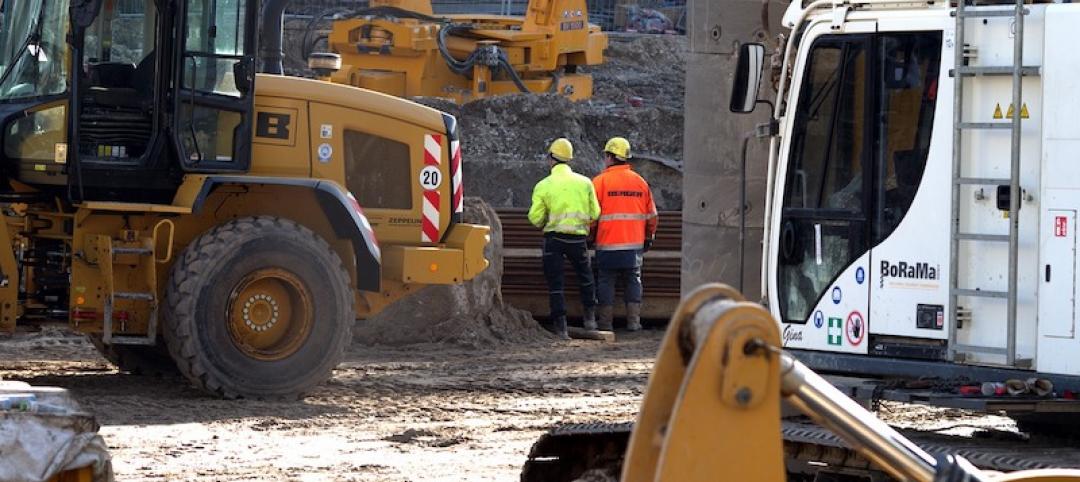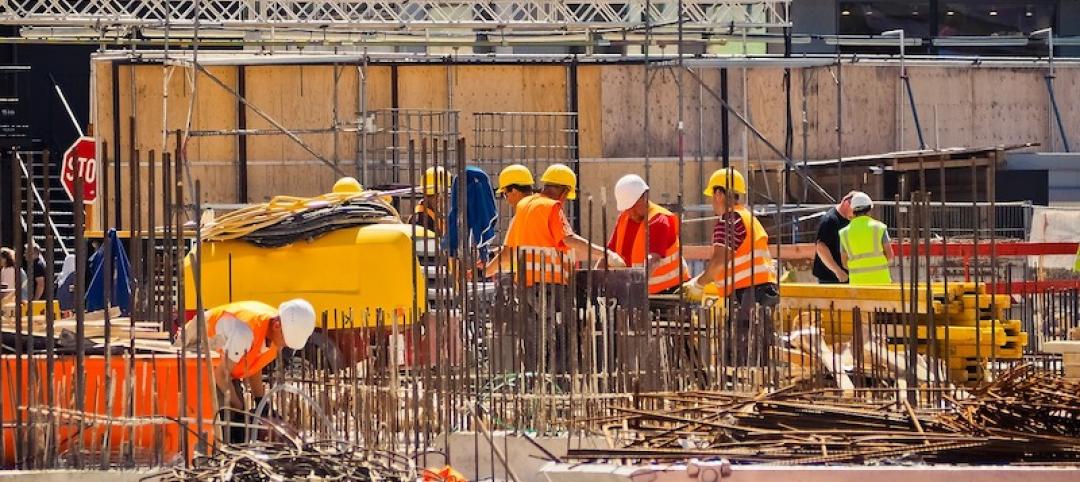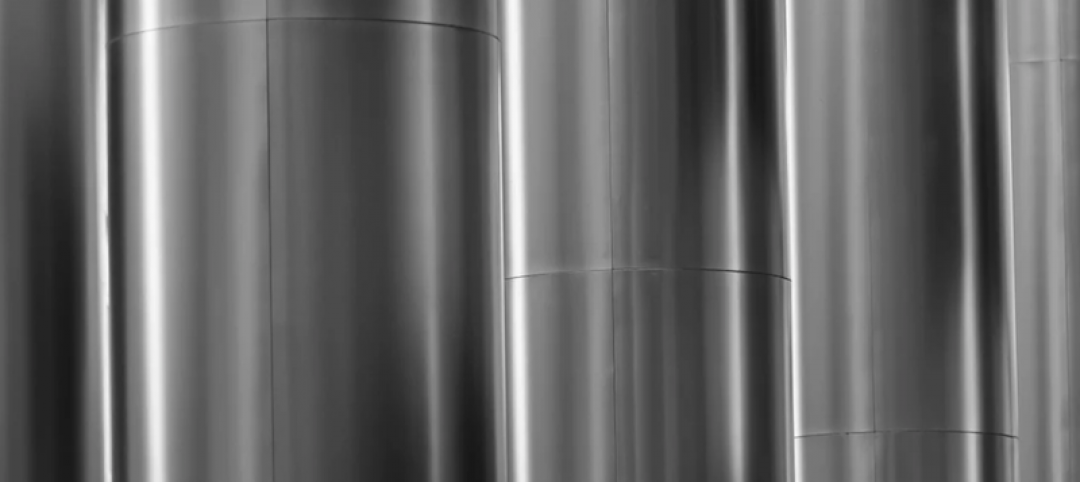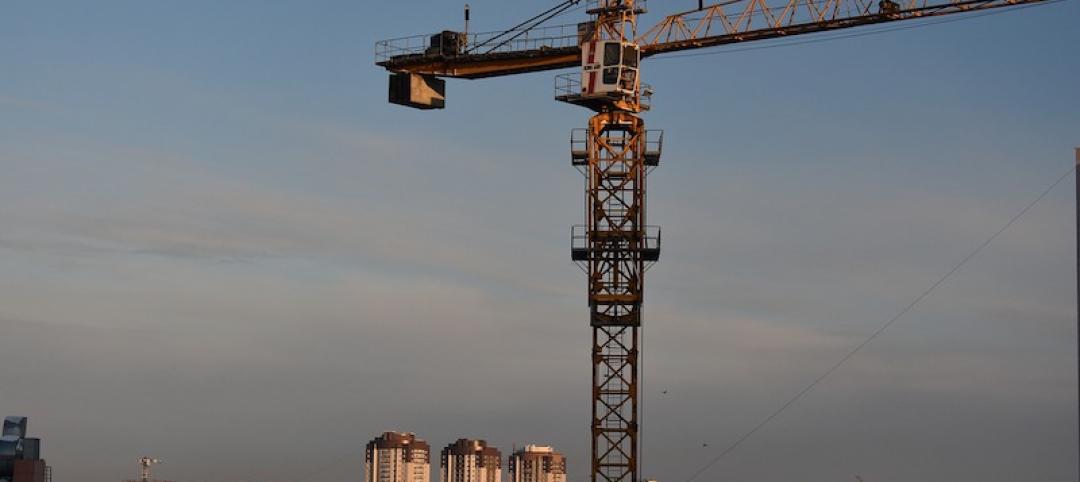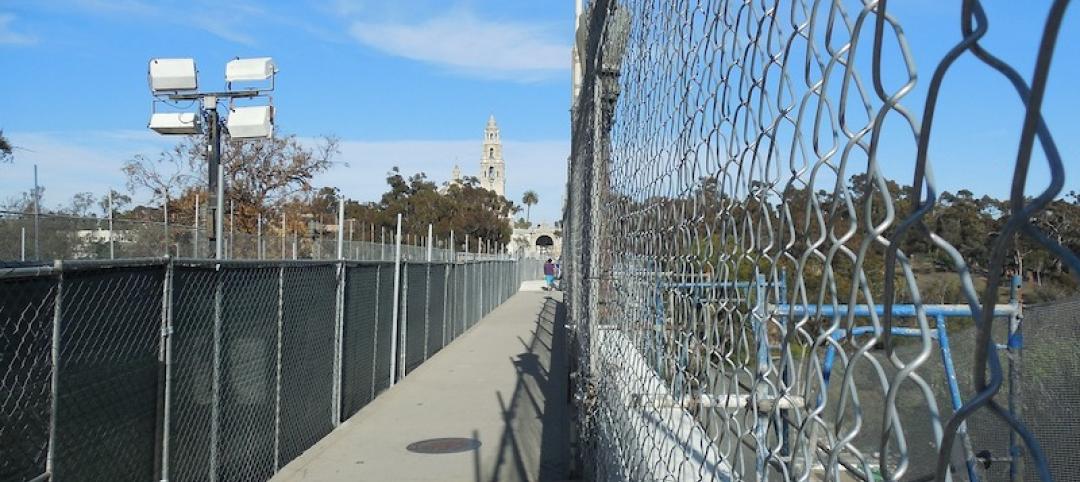Corrosion in sprinkler system piping can be a costly problem if leaks occur, causing damage to the interior of a structure, according to Matt Klaus, Principal Fire Protection Engineer with the National Fire Protection Association.
Replacing piping is no small expense, either. Corrosion can also cause blockages in the piping network, which can lead to an ineffective sprinkler system during a fire.
Corrosion can take on many forms, including oxidation, microbiologically influenced corrosion, and galvanic corrosion. The technical committees responsible for NFPA 13, Installation of Sprinkler Systems, have been looking at ways to eliminate or reduce corrosion in sprinkler systems for several revision cycles.
Reducing corrosion in dry systems can be achieved by eliminating all of the water from these systems after testing/activation and using alternative gases like nitrogen for charging these systems. For wet systems, limiting the amount of air in the system is the goal. Air trapped in pressurized sprinkler system piping results in an increase in the concentration of dissolved oxygen in the piping, enabling corrosion. Venting the trapped air in a wet system reduces this problem, so a revision to the wet system sprinkler system standard requires that a single air vent be installed for each system.
Depending upon the building geometry and sprinkler design, it is possible to trap air in many locations in the system, meaning a single vent may not be effective. Therefore, some stakeholders believe that the requirement adds cost to the property owner and the design team without any assurance that there is a long-term benefit to the system.
Related Stories
Codes and Standards | Jan 6, 2020
OSHA plans multiple revisions to rules impacting construction industry in 2020
Cranes and derricks, welding in confined spaces, beryllium exposure, and more on docket.
Codes and Standards | Jan 3, 2020
Labor supply and capability of workers worry contractors
Three out of four firms plan to add workers in 2020.
Codes and Standards | Jan 3, 2020
Car-free streets could become common in major cities
New York and San Francisco establish thoroughfares dedicated to transit, pedestrians.
Codes and Standards | Jan 2, 2020
CRE professionals have increased interest in embodied carbon accounting, smart buildings
Survey also shows that interest in resiliency lags behind.
Codes and Standards | Jan 2, 2020
White paper focuses on Metal Composite Material labeling
Document part of effort to uphold industry standards for the product.
Codes and Standards | Dec 18, 2019
Hard Rock Hotel collapse in New Orleans puts spotlight on undocumented workers
Having helped rebuild the city after Hurricane Katrina, many under threat of deportation.
Codes and Standards | Dec 18, 2019
Maryland lawmakers take on blocked sidewalks during construction projects
Legislation clarifies developers’ responsibilities.
Codes and Standards | Dec 18, 2019
New York City passes legislation to prevent bird strikes on buildings
Requires bird-safe materials on first 75 feet of a structure.
Codes and Standards | Dec 16, 2019
New Buildings Institute seeks entries for Zero Buildings Database
Listing illustrates feasibility of ultra low-energy buildings.
Codes and Standards | Dec 13, 2019
USGBC launches new tool to prioritize sustainability strategies
Highlights building design features that can lead to better performance.



